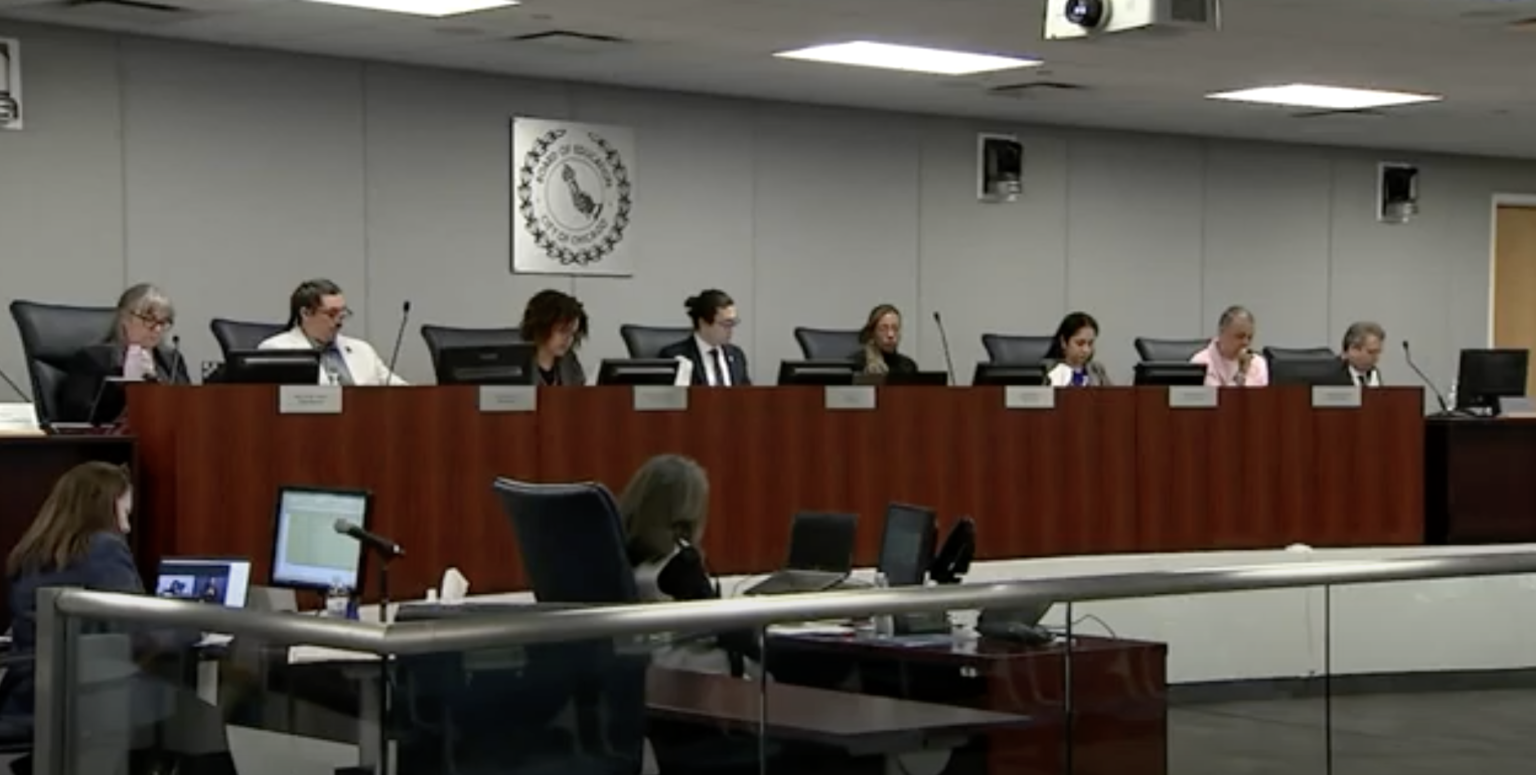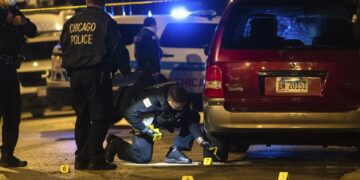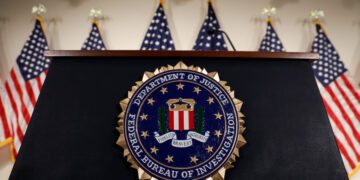In a move that has sparked widespread debate across the political and educational spectrums, the Chicago Board of Education has made a unanimous decision that will significantly alter the landscape of public school safety in the city. By voting to remove school resource officers from Chicago Public Schools (CPS), the Board has taken a stance that prioritizes an vision for student welfare and safety—a decision that has not gone without its critics.
This groundbreaking vote means that, starting from the next academic year, students will no longer see uniformed police officers patrolling the hallways of their schools. This decision comes in the wake of a significant rally organized by CPS students outside the CPS headquarters, demanding an overhaul in how school safety is approached.
Essence Jade, a former CPS student, vocally supported the removal of officers, advocating instead for the investment in Restorative Justice Practices. “We are here today to demand the removal of Student Resource Officers and to demand investment in more sustainable practices that support a better learning environment,” Jade expressed to WGN.
Similarly, Makayla Acevedo, a student from Hyde Park Academy, echoed the sentiment for a change in the school’s approach to safety, emphasizing the need for programs that directly benefit the student body over the presence of police officers.
However, this decision has not been met with unanimous support within the city’s governance. Several City Council members have voiced their concerns, highlighting the potential risks of such a sweeping reform. Ald. Nicholas Sposato of the 38th Ward labeled the idea as “reckless,” while others like 24th Ward Ald. Monique Scott and 16th Ward Ald. Stephanie Coleman argue for a more nuanced approach that allows individual schools to decide on the necessity of school resource officers.
In defense of the decision, the Board of Education points to the redirection of the approximately $10 million budget, previously allocated for school officers, towards programs that offer a ‘holistic’ approach to school safety. This shift in funding aims to address the root causes of insecurity and violence in schools through more integrated and preventive measures.
Retired Chicago Police Chief of Detectives, Gene Roy, took to X to share his insights, emphasizing the positive role that school officers have historically played within CPS. “The School Officers were not oppressive figures…they were volunteers for that assignment and became actively involved in the schools and kids they served and protected,” Roy stated. He highlighted the officers’ contributions beyond mere security, including preventing gang conflicts and shootings through their engagement with the school community.
Roy’s comments underscore a critical concern regarding the removal of school resource officers: the potential gap in security and the relational bridges built between students and law enforcement. “Security is needed in High Schools, no matter what part of the US they’re located in,” he added, questioning whether the new approach will effectively ensure student safety.
The decision to remove school officers from Chicago’s public schools marks a significant shift in the city’s approach to ensuring the safety and security of its students. While proponents argue for a more inclusive and holistic approach to student welfare, critics worry about the potential implications for school security and the well-being of Chicago’s youth.
As the city embarks on this new path, the eyes of the nation are on Chicago, watching closely to see whether this bold experiment in education and safety will set a precedent or serve as a cautionary tale. The outcome of this decision could redefine the conversation around school safety, not just in Chicago but across the United States.
Author’s Note:
As the author of this piece, I find it imperative to express my concern over what appears to be a reckless and dangerous decision by the Chicago Board of Education. Removing school resource officers from Chicago’s already crime-ridden schools seems to ignore the complex realities these institutions face daily. This move not only risks the safety of students and staff but may also further endanger the youth it aims to protect. In a city grappling with significant security challenges, ensuring the safety of its students should remain paramount. This decision, while well-intentioned in its pursuit of a ‘holistic’ approach, may unfortunately leave our schools—and our children—more vulnerable than ever.








